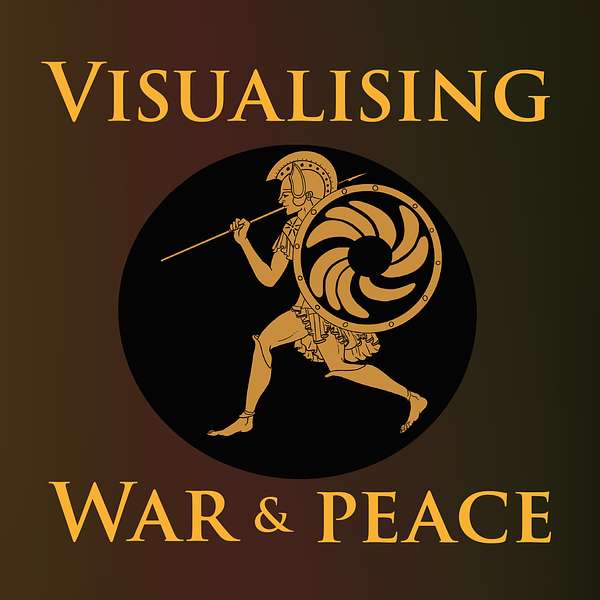
Visualising War and Peace
How do war stories work? And what do they do to us? Join University of St Andrews historian Alice König and colleagues as they explore how war and peace get presented in art, text, film and music. With the help of expert guests, they unpick conflict stories from all sorts of different periods and places. And they ask how the tales we tell and the pictures we paint of peace and war influence us as individuals and shape the societies we live in.
Visualising War and Peace
World of Warcraft with Taliesin and Evitel
In this episode, our postdoctoral research assistant Katarina Birkedal (2020-21) interviews Taliesin and Evitel, the couple behind the YouTube and Twitch channels of the same name. They offer commentary on the game World of Warcraft, as well as giving regular news updates on everything related to the game. Through a combination of humour and deep dive analyses, they enrich their viewers’ experience and understanding of the game, drawing on their backgrounds as an actor and an art historian to pick apart the references and narrative devices the game uses to tell its story.
Taliesin and Evitel’s YouTube channel has 293 000 subscribers at the time of recording, and their Twitch channel has more than 83 000 followers. Their content has been viewed 69 million times. They have also hosted live events for Blizzard, the company behind World of Warcraft. More recently, they have expanded their content to include analyses of film and TV as well as commentary on the game Final Fantasy XIV.
You can find them on their YouTube channels – Taliesin & Evitel, T&E Talks, and Taliesin & Evitel TV – on their Twitch channel, on Twitter, and on their website.
Please note that this episode was recorded before the state of California filed its lawsuit against Activision Blizzard for discrimination against female employees, including charges of sexual misconduct. For more information, please see Taliesin and Evitel's video on the topic: https://youtu.be/zqd1uAtqtTQ
In the episode, we discuss how war is visualised through immersive fantasy in the MMORGP World of Warcraft. We talk about how the game constructs agency and heroism in war, how allegiance and identity is used, how the aftereffects of war are depicted, and how redemption and reconciliation are presented. Taliesin and Evitel reflect on how the game treats player choice and ethics in extreme situations, including the perpetration of what amounts to in-game war, and whether the game amounts to a commentary on the illusion of free will in warfare, or on how far a person is prepared to go on orders.
We reflect on how the game-world reflects the real-world attitudes of its creators, from the narrative construction of the two main factions – the Alliance and the Horde – as ‘steadfast’ and ‘savage’ respectively, to the treatment of the peoples that constitute them. From this, we discuss how our own experiences inform our readings of the game as players, and whether it is possible for the opposite to occur. The conversation dives into many fascinating aspects of how we visualise war, in the real world and the game world - and how games and reality inform each other.
We hope you enjoy the episode! For a version of our podcast with close captions, please use this link. For more information about individuals and their projects, please visit the University of St Andrews Visualising War website.
Music composed by Jonathan Young
Sound mixing by Zofia Guertin